🌱 What Is Foodscaping?
Foodscaping is the art of blending edible plants into your landscape design, merging the visual appeal of ornamental gardens with the practicality of homegrown food. Rather than confining fruits, herbs, and vegetables to the backyard, foodscaping invites them into the spotlight, integrating them into front yards, patios, flower beds, and even balcony containers. This modern gardening approach transforms your entire outdoor space into a living landscape that’s both nourishing and beautiful.
The concept of foodscaping challenges traditional ideas about what a “pretty” garden should be. Why grow only decorative plants when you can cultivate vibrant Swiss chard, aromatic rosemary, colorful peppers, or even blueberry bushes that double as eye-catching shrubs? These edible plants offer texture, color, fragrance, and seasonal variety while also providing you with fresh produce right at your doorstep. Foodscaping isn’t just a trend it’s a lifestyle that celebrates sustainability, health, and creativity.
Whether you’re working with a sprawling lawn or a small courtyard, foodscaping empowers you to make the most of your available space. It encourages thoughtful design, plant diversity, and a deeper connection to the food you eat. With a little planning and a touch of imagination, you can grow a garden that not only feeds and flourishes but also enhances curb appeal and supports local ecosystems. Welcome to the world of foodscaping, where every corner of your garden can be both edible and elegant.
🌟 7 Brilliant Foodscaping Ideas to Transform Your Garden
1️⃣ Design with Edible Beauty in Mind
Swap ordinary ornamentals for colorful edibles that offer both eye-catching appeal and delicious rewards. Many fruits, vegetables, and herbs can be just as visually stunning as traditional flowers—and far more functional.
Here are a few edible showstoppers to plant:
- 🌈 Swiss Chard – Neon stems in pink, yellow, and red with lush green leaves.
- 💜 Purple Basil – Deep violet leaves and a spicy, peppery flavor.
- 🥕 Rainbow Carrots – Dazzling roots in purple, yellow, and red that liven up meals.
💡 Pro Tip: Use these crops as visual focal points in your front yard or flower beds.

2️⃣ Use Fruit-Bearing Trees and Shrubs
Add structure and seasonal beauty to your garden while growing fresh fruit. Many fruiting trees and berry bushes blend perfectly with landscape design.
Top picks for fruitful landscaping:
- 🍊 Dwarf Citrus Trees – Fragrant blooms and juicy fruit.
- 🫐 Blueberry Bushes – Spring flowers, summer fruit, and fall foliage.
- 🍑 Espaliered Peaches or Apples – Beautifully trained against fences or walls.
💡 Pro Tip: Choose dwarf or columnar varieties for smaller spaces or decorative borders.
3️⃣ Create Functional Borders with Herbs
Define pathways, garden beds, or patios using aromatic and edible herbs. These low-growing plants add texture, fragrance, and culinary use.
Best herbs for edging:
- 🌿 Thyme – Tiny flowers and a low, creeping form.
- 🌱 Oregano – Hardy and lush with dense green leaves.
- 🌼 Chamomile – Dainty white flowers and calming scent.
💡 Pro Tip: Plant herbs close to walkways to release their fragrance as you pass by.
4️⃣ Build Raised Beds with Style
Elevated beds provide structure and elegance while improving soil and drainage. They’re perfect for mixing edibles into the landscape.
Materials to consider:
- 🌾 Wood – Natural, rustic charm for traditional gardens.
- 🧱 Stone or Brick – Durable and formal-looking for decorative gardens.
- 🌿 Metal Planters – Modern and clean lines for contemporary yards.
💡 Pro Tip: Add borders of edible flowers like nasturtiums or marigolds for a polished look.
5️⃣ Add Edible Flowers for Color and Flavor
Bring bold, beautiful blooms that also enhance your meals. Edible flowers provide splashes of color and are great for salads, desserts, and garnishes.
Top edible blooms:
- 🌺 Nasturtiums – Bright oranges and reds, peppery taste.
- 🌸 Calendula – Cheerful yellow and orange petals with mild flavor.
- 🌼 Borage – Star-shaped blue flowers with a cucumber-like taste.
💡 Pro Tip: Harvest in the morning for best flavor and use petals fresh or dried.
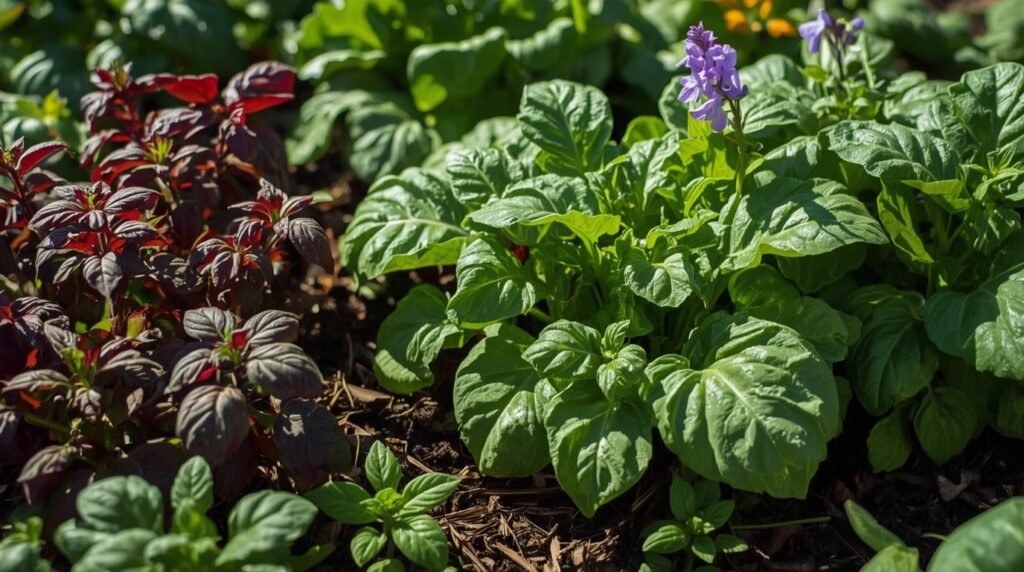
6️⃣ Incorporate Vertical Elements
Use vertical space to grow more food and add dramatic height to your garden. Great for tight spaces and beautiful design layers.
Climbing favorites:
- 🍅 Tomatoes (Indeterminate) – Lush vines with colorful fruit.
- 🌿 Pole Beans – Fast-growing and prolific climbers.
- 🥒 Cucumbers – Trellis-trained vines save ground space.
💡 Pro Tip: Arches, fences, and wall planters add dimension and curb appeal.
7️⃣ Mix Ornamental and Edible Plants Creatively
Combine beauty and function by pairing vegetables and herbs with traditional flowers. Thoughtful combinations look elegant and keep the garden productive.
Creative combos:
- 🥬 Kale + Coneflowers – Contrasting textures and rich colors.
- 🌻 Sunflowers + Zucchini – Tall and bold beside broad-leaf squash.
- 🌹 Roses + Lavender or Chives – Classic elegance with culinary companions.
💡 Pro Tip: Use color repetition (e.g., purple kale + purple petunias) for visual harmony.
🌿 Best Edible Plants for Foodscaping
| Plant | Edible Part | Visual Appeal |
|---|---|---|
| Swiss Chard | Leaves | Rainbow-colored stems |
| Kale | Leaves | Ruffled purple or green foliage |
| Lavender | Flowers | Fragrant purple spikes |
| Blueberries | Berries | Spring blooms + fall color |
| Nasturtiums | Flowers/Leaves | Bold, trailing blooms |
| Rosemary | Leaves | Evergreen shrub with texture |
| Thyme | Leaves | Tiny flowers, creeping habit |
💧 Foodscaping Care Tips for Success
A flourishing foodscape needs just a bit of thoughtful care. These simple practices will help your edible garden thrive beautifully all season long:
- ✔ Mulch Well – Add a thick layer of mulch around your plants to retain moisture, suppress weeds, and regulate soil temperature.
- ✔ Fertilize Naturally – Feed your garden with compost, worm castings, or organic fertilizers to boost plant health without chemicals.
- ✔ Water Wisely – Water early in the morning to reduce evaporation and help plants absorb moisture before the day heats up.
- ✔ Practice Companion Planting – Pair plants like basil with tomatoes or marigolds with lettuce to deter pests and improve yields naturally.
- ✔ Harvest Regularly – Pick your herbs, fruits, and veggies often to encourage new growth, prevent bolting, and keep your garden looking neat.
🌿 Pro Tip: Keep a garden journal to track what works best in your space, and celebrate your edible wins!
🛠️ Essential Foodscaping Products for a Thriving Edible Landscape
🪴 Decorative Raised Bed Kit
Why You Need It:
- Elevates plants for better drainage and pest control
- Adds structure and visual appeal to your landscape
- Ideal for urban gardens with poor soil quality
Top Picks: - Cedar wood beds (naturally rot-resistant)
- Modular metal garden beds (modern look)
- Stone or brick DIY options (permanent solution)
Pro Tip: Look for kits with at least 12″ depth for root vegetables
🌱 Organic Herb Starter Set
Perfect For:
- Beginner gardeners
- Small-space foodscaping
- Instant kitchen garden
Best Varieties to Include: - Culinary basics: Basil, Thyme, Rosemary
- Perennial herbs: Oregano, Sage, Mint (plant in containers)
- Unique flavors: Lemon Verbena, Pineapple Sage
Care Tip: Start with 4″ potted plants for faster results than seeds
💧 Drip Irrigation System
Key Benefits:
- Saves 30-50% water compared to sprinklers
- Prevents fungal diseases by keeping foliage dry
- Customizable for any garden layout
Recommended Systems: - Timer-based kits for automatic watering
- Adjustable emitter systems for mixed plantings
- Soaker hoses for curving beds
Installation Tip: Add a pressure regulator for consistent water flow
🌿 Vertical Planter with Trellis
Space-Saving Solutions:
- Wall-mounted planters for herbs and strawberries
- Freestanding trellis systems for climbing veggies
- Tiered planters for patio gardens
Best Plants for Vertical Growth: - Climbing veggies: Pole beans, Peas, Cucumbers
- Trailing fruits: Strawberries, Nasturtiums
- Compact herbs: Thyme, Creeping Rosemary
Design Idea: Use as a living privacy screen
🐝 Pollinator-Friendly Seed Mix
Why It Matters:
- Increases fruit and veggie yields by 20-30%
- Supports local ecosystems
- Adds seasonal color to edible landscapes
Top Flowers to Include: - Early bloomers: Borage, Calendula
- Summer nectar sources: Sunflowers, Zinnias
- Fall bloomers: Asters, Goldenrod
Planting Tip: Sow in patches throughout food garden
Bonus Shopping Tips for foodscaping:
✔ Look for USDA Organic certified products
✔ Check product dimensions before purchasing
✔ Read customer reviews for real-world performance
✔ Consider local nurseries for climate-appropriate plants
🚨 Foodscaping Troubleshooting Guide: Fix Common Problems
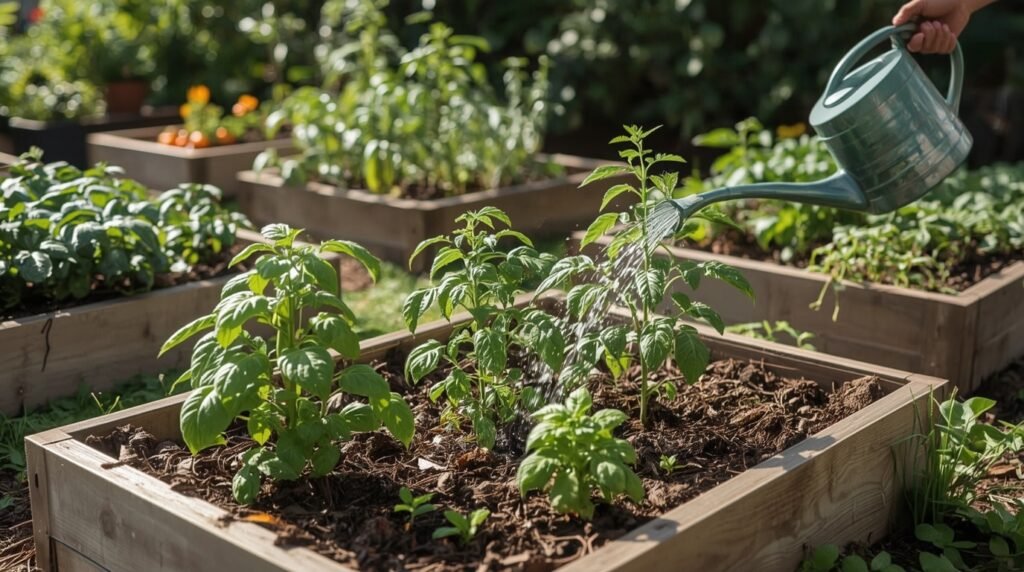
🍂 Yellowing Leaves?
Possible Causes & Fixes:
- Overwatering: Let soil dry between waterings (check with finger test)
- Nutrient Deficiency: Apply compost tea or balanced organic fertilizer (search “homemade plant food for edibles”)
- Pests: Inspect undersides for aphids/spider mites; spray with neem oil
Common Culprits: Tomatoes, citrus trees, kale
🌱 Plants Not Fruiting?
Solutions for Poor Harvests:
- Pollination Issues:
- Attract bees by planting borage or sunflowers nearby
- Hand-pollinate squash/cucumbers with a small brush
- Too Much Nitrogen: Switch to low-N, high-P fertilizer (e.g., bone meal)
- Wrong Timing: Verify growing season for your zone (“best planting dates for [your city]”)
🐌 Slugs/Snails Eating Plants?
Natural Deterrents:
- Barriers: Crushed eggshells or copper tape around beds
- Traps: Sink beer containers at soil level
- Night Patrol: Remove pests manually after rain
Most Affected Plants: Lettuce, hostas, strawberries
☀️ Sunburned Leaves?
Prevention Tips:
- Acclimate Plants: Gradually introduce to full sun over 7 days
- Shade Cloth: Use 30-40% shade fabric during heatwaves
- Mulch: Keep soil cool with straw or wood chips
Vulnerable Plants: Leafy greens, herbs in hot climates
🍄 Fungal Diseases (Powdery Mildew, Blight)?
Organic Treatments:
- Baking Soda Spray: 1 tbsp baking soda + 1 gallon water + few drops soap
- Airflow: Space plants properly; prune dense foliage
- Morning Watering: Avoid wet leaves overnight
Prevention Search Term: “disease-resistant edible plants”
🥀 Wilting Despite Watering?
Check For:
- Root Rot: Smelly, brown roots = overwatering (repot in well-draining soil)
- Girdling Roots: Loosen roots before planting pot-bound trees
- Voles/Gophers: Install underground wire mesh barriers
🌿 Leggy or Weak Growth?
Revive Plants With:
- More Sun: Most edibles need 6+ hours daily
- Pinching Back: Encourage bushiness in herbs (basil, mint)
- Staking: Support top-heavy plants like peppers
🛠️ Proactive Prevention Tips
✔ Test Soil Annually (ideal pH for most edibles: 6.0-7.0)
✔ Rotate Crops to prevent soil-borne diseases
✔ Keep Garden Journal to track what works
❓ Foodscaping FAQs: Expert Answers to Common Questions
🌿 Can foodscaping work in small spaces like balconies or urban yards?
✅ Absolutely! Small-space foodscaping is increasingly popular. Try these solutions:
- Vertical gardens: Use wall planters or hanging baskets for strawberries, herbs, and leafy greens
- Container gardening: Dwarf fruit trees (like lemons or figs) thrive in large pots
- Edible borders: Replace ornamental shrubs with compact blueberries or rosemary
- Window boxes: Grow lettuces, radishes, or edible flowers
Pro Tip: Search for “small-space foodscaping ideas” or “container edible gardens” for inspiration.
🐛 Do edible plants attract pests? How can I manage them naturally?
🦋 Some do, but it’s manageable:
- Common visitors: Aphids (on kale), slugs (on lettuce), squirrels (on berries)
- Natural solutions:
- Companion planting: Marigolds deter nematodes; basil repels tomato hornworms
- Beneficial insects: Plant yarrow or dill to attract ladybugs and lacewings
- Physical barriers: Use floating row covers for cabbage-family plants
Did You Know? Many edible plants (like lavender and mint) actually repel pests!
✂️ How do I keep my foodscape looking tidy and intentional?
Design strategies for a polished look:
- Structural plants: Alternate edibles with evergreens (boxwood, lavender)
- Defined edges: Use brick, stone, or low hedges to frame beds
- Color coordination: Group plants with similar hues (e.g., purple kale + pansies)
- Regular maintenance:
- Prune fruit trees annually
- Harvest leafy greens frequently to prevent bolting
- Weed weekly to maintain clean lines
Design Tip: Search “formal edible landscaping” for high-end inspiration.
🌞 What are the easiest edible plants for beginners?
Low-maintenance starters:
- Herbs: Mint, chives, oregano (hard to kill!)
- Leafy greens: Swiss chard, lettuce (fast-growing)
- Fruiting plants: Cherry tomatoes, bush beans (high yield)
- Perennials: Asparagus, rhubarb (plant once, harvest for years)
❄️ Can I foodscape in cold climates?
Yes! Try these cold-hardy options:
- Vegetables: Kale, Brussels sprouts, parsnips (tolerate frost)
- Fruits: Honeyberries, currants, aronia berries
- Herbs: Thyme, sage, winter savory
Seasonal Tip: Use cold frames or hoop houses to extend the growing season.
💧 How often should I water my edible landscape?
General guidelines:
- Deep watering 2-3x/week (better than daily light watering)
- Morning is best (reduces evaporation and fungal risk)
- Drought-tolerant picks: Rosemary, figs, artichokes
Smart Solution: Install a drip irrigation system with a timer for consistency.
🌸 Can I mix edibles with my existing ornamental plants?
Perfect pairings:
- Roses + garlic (garlic deters rose pests)
- Hostas + sweet woodruff (shade-tolerant edible ground cover)
- Tulips + lettuce (harvest lettuce before tulips bloom)
Design Keyword: “ornamental edible garden design”
Beginner Gardening Guide 2025: The Ultimate Joy of Growing Your First Lush Garden
🌻 Final Thoughts: Where Beauty Meets Bounty
Foodscaping isn’t just gardening, it’s a revolution in how we think about outdoor spaces. By blending fruits, vegetables, and herbs into your landscape, you create a living ecosystem that:
🍓 Feeds Your Family with sun-ripened, organic produce
🦋 Nurtures Wildlife by supporting pollinators and beneficial insects
🎨 Delights the Senses through colors, textures, and fragrances
💰 Saves Money while increasing property value
✨ Your Foodscaping Journey Starts Small
- Beginner? Try a herb spiral or salad table (search for “easy first foodscaping projects”)
- Already gardening? Replace one ornamental bed with edibles this season
- Urban dweller? A vertical strawberry tower or window box kitchen garden works wonders
Your dream garden isn’t just beautiful, it’s delicious. Start planting your legacy today! 🌿


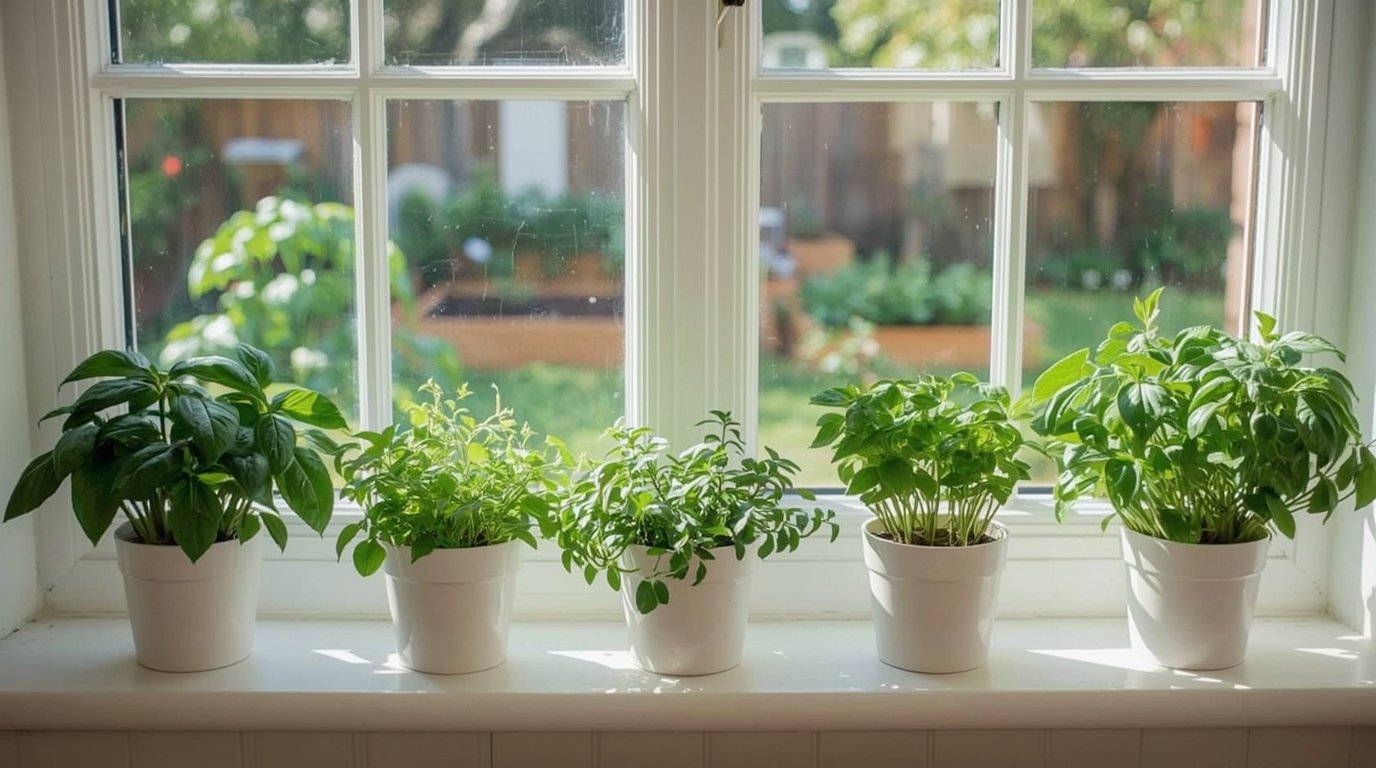



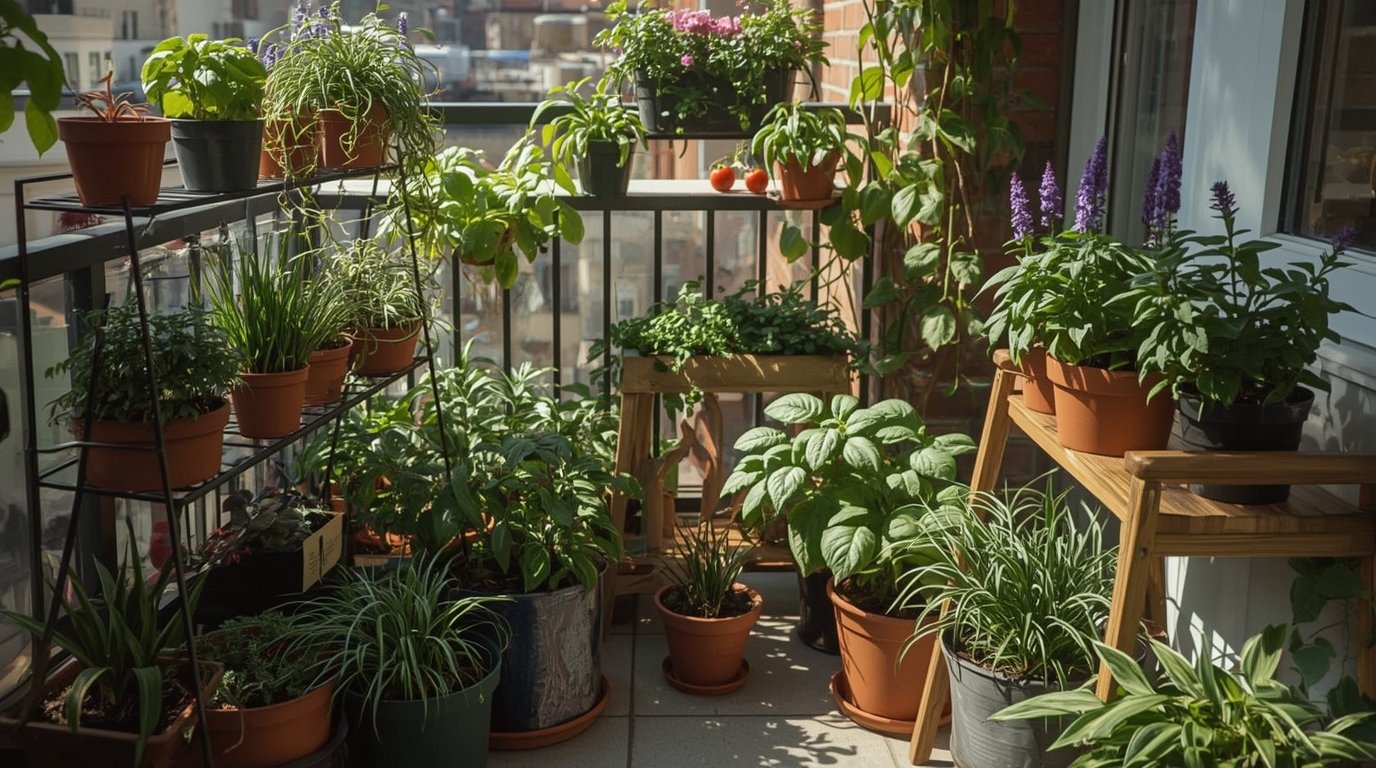
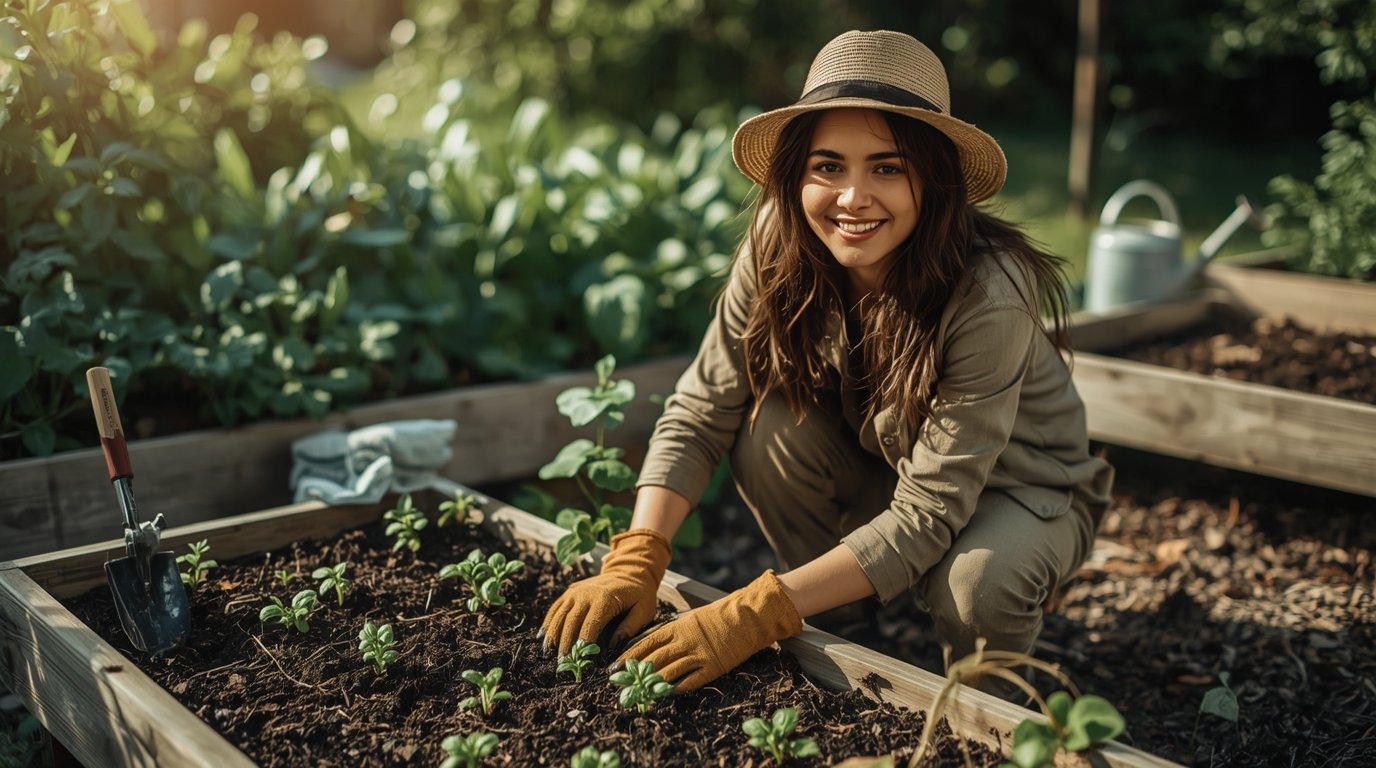

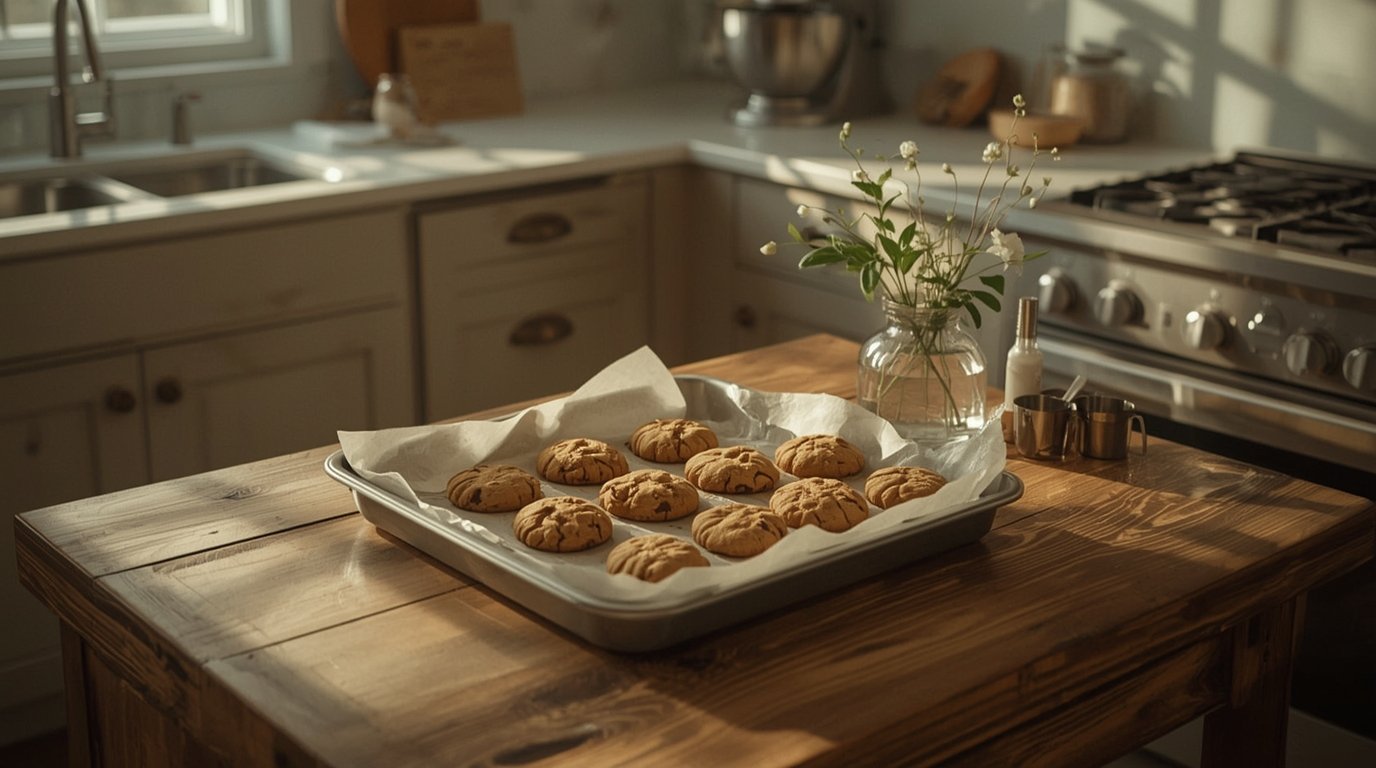
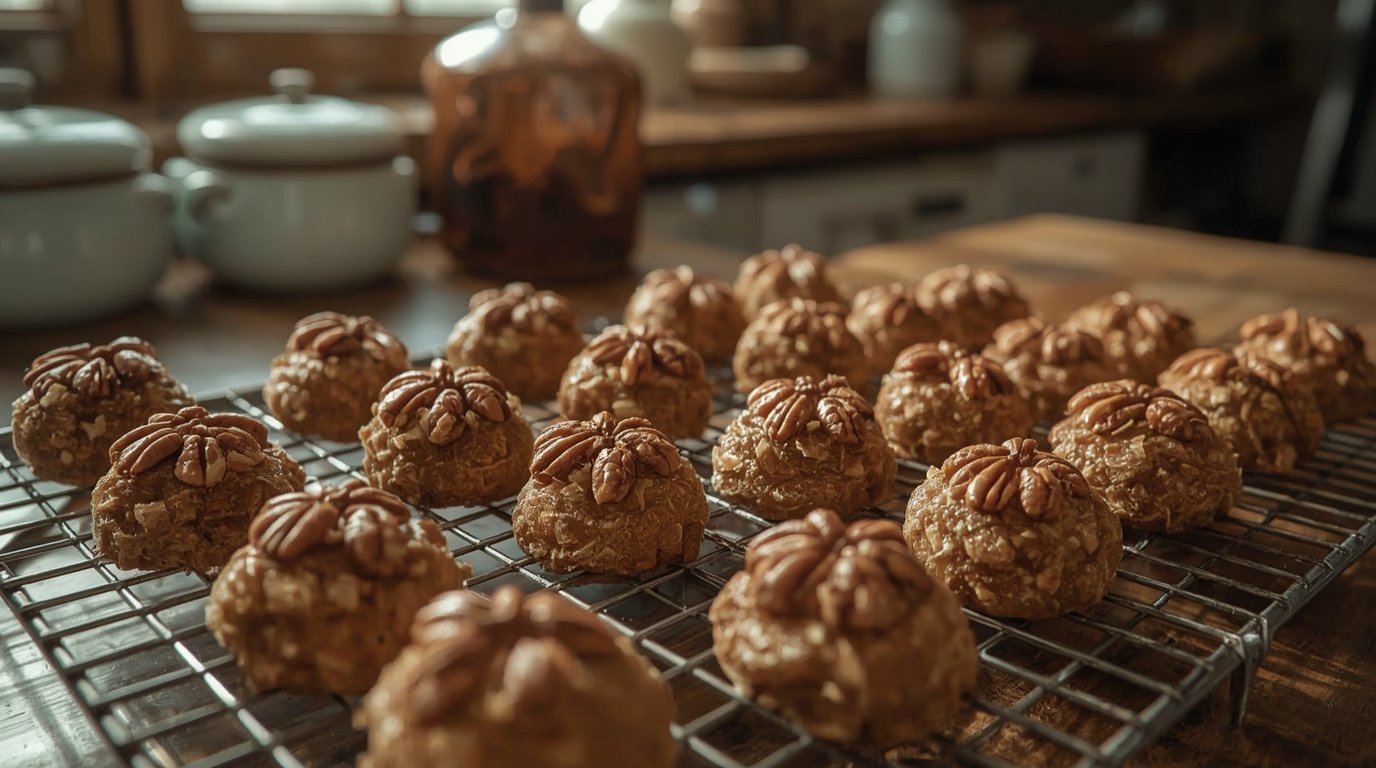

Leave a Reply